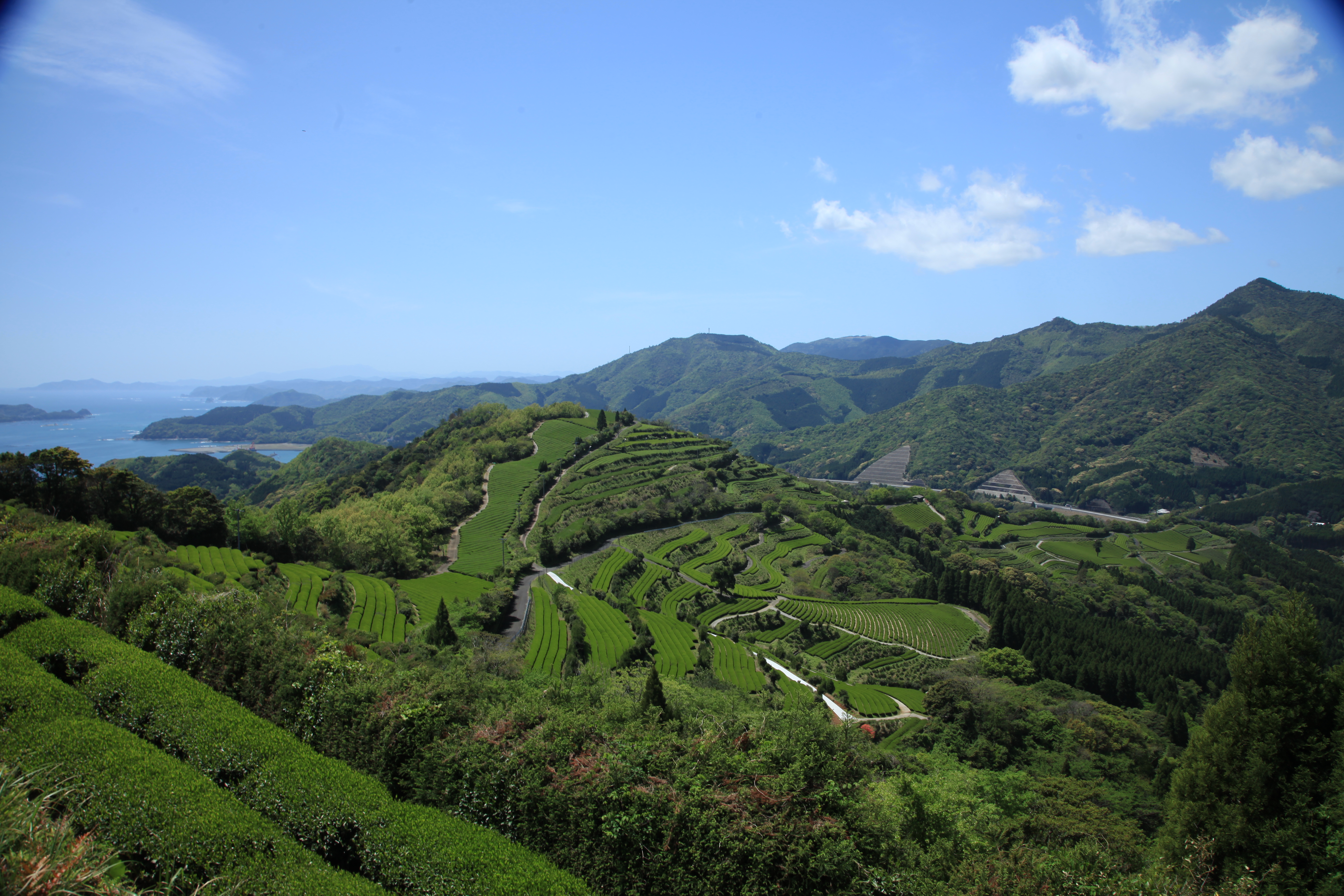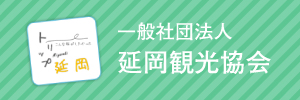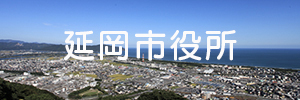Chayama in the Jige

This post is also available in: 日本語 한국어 简体中文 繁體中文
There is a landscape with a vivid green rug on the slopes overlooking the Sun Matsushima’s Coastline. Every year, when it comes to the first tea season in mid-april, it is breezy to wind up a yellow-green Sprout.
5 to 6 minutes by car from the center of Kitaura town, Nobeoka City. Because the tea plantations in the mountainous area of the underground district use the slope of the north facing the coast, there is little damage of the frost warmly even in winter, and it is known as the origin of the earliest soil in Japan.
The contrast between the scenic seaside area and the well-maintained mountainous gardens is selected as “japan’s 100-sato.”
It is said that the spectacle as the tea complex has been in place in the Taisho era though there was a tea plantation in the Jige district originally from Edo Period. There was a tea farm of about three hectares, and there was a factory of the kettle putting tea as a joint work place of the village in the underground district, too.
As a tea farm, it was Shigeru Matsui in the long-time period from 1969. In the Country’s pioneering pilot project, we created a tea plantation and made about 15 hectares of tea plantations. About 20 hectares of tea plantations spread in the Taisho Era.
“Saemidori” and “saki midori” etc. of a early breed are cultivated in the tea field, and the Shincha is sold promptly in the Prefecture.








